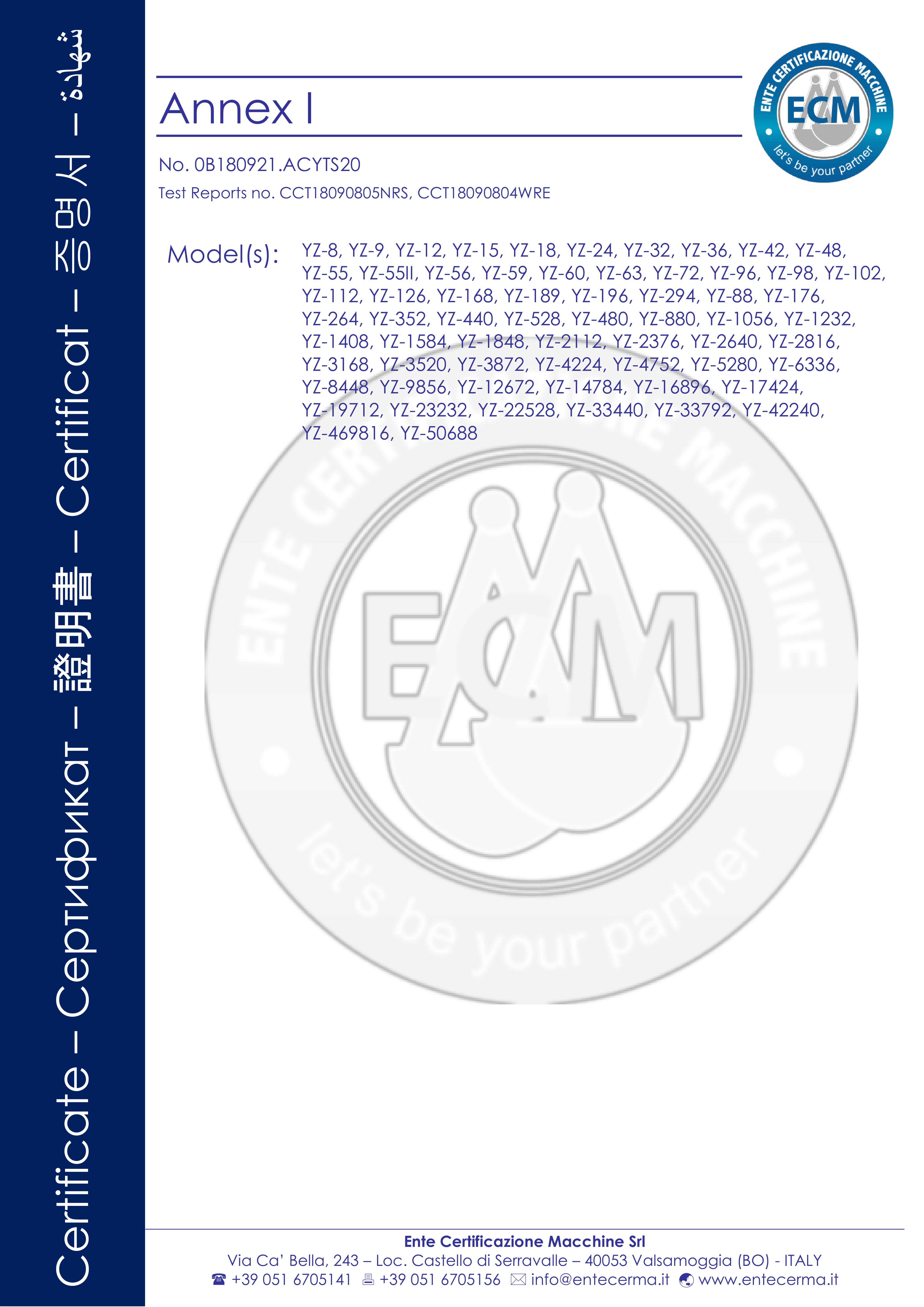feed mixer scales
Dec . 10, 2024 09:52 Back to list
feed mixer scales
Understanding Feed Mixer Scales A Critical Component in Animal Nutrition
In the realm of animal husbandry, feeding is a fundamental component that directly influences the health and productivity of livestock. One essential tool that facilitates effective feeding is the feed mixer scale. This equipment is crucial for accurately measuring and mixing various feed ingredients, ensuring that animals receive a balanced diet tailored to their nutritional needs.
What is a Feed Mixer Scale?
A feed mixer scale integrates the functions of a feed mixer and a weighing scale, allowing users to simultaneously blend different feed components and measure their quantities. This dual functionality is vital because it ensures consistency and accuracy in feed preparation, which, in turn, affects animal growth, reproduction, and overall well-being.
Importance of Accurate Mixing
Livestock diets are often composed of multiple ingredients, including grains, protein sources, vitamins, and minerals. The precise proportion of each ingredient is critical to meet the dietary requirements of different animals, whether they are cattle, pigs, poultry, or other livestock. An accurate feed mixer scale helps eliminate the variations that can occur with manual mixing, thus ensuring that every batch of feed is uniform and meets the specifications.
If the feed is not correctly mixed, it could lead to nutritional imbalances. For instance, an insufficient amount of essential vitamins or minerals may weaken an animal's immune system, making it more susceptible to disease. Conversely, an excess can cause toxicity, resulting in health problems. Thus, using a feed mixer scale is not just a matter of convenience; it is a necessity for promoting animal health and productivity.
Benefits of Using Feed Mixer Scales
1. Precision and Consistency The primary benefit of using a feed mixer scale is the precision it provides. With digital displays and automated controls, these scales deliver accurate measurements, reducing human error and ensuring consistency in feed composition. This precision is essential for large operations where feeding accuracy can substantially impact overall productivity.
2. Time Efficiency Manual weighing and mixing can be time-consuming. A feed mixer scale speeds up the process, allowing farmers and feed manufacturers to produce larger quantities of feed in less time. This efficiency can lead to quicker turnaround times, which is particularly important in high-demand environments.
feed mixer scales

3. Cost-Effectiveness Accurate feed mixing can contribute to cost savings. By ensuring that the correct amounts of ingredients are used, farmers can minimize waste, optimize resource allocation, and even enhance the absorption of nutrients, leading to better growth rates and feed conversion ratios in animals.
4. Improved Record Keeping Modern feed mixer scales often come with software that allows for easy record-keeping. Users can track ingredient quantities, mixing times, and other relevant data, which can aid in feed formulation planning, nutritional analysis, and compliance with industry regulations.
Types of Feed Mixer Scales
Feed mixer scales come in various models tailored to different operational needs. Some common types include
- Vertical Mixer Scales Ideal for small to medium operations, vertical mixers blend ingredients thoroughly while minimizing the risk of segregation.
- Horizontal Mixer Scales These are more suitable for larger operations, allowing for the mixing of larger batches.
- Batch Mixer Scales Great for operations requiring precise control over each batch, these mixers allow for rinsing and refilling without affecting the overall process.
Conclusion
In summary, feed mixer scales are indispensable tools in the animal nutrition industry. They combine measurement and mixing capabilities to enhance the quality of livestock feed. Accuracy in mixing ensures that animals receive balanced nutrition, which is vital for their growth and productivity. For farmers looking to improve their feeding operations, investing in a reliable feed mixer scale is a step towards achieving efficiency, cost savings, and better overall animal health. As the agricultural sector continues to evolve, embracing technology in feed production will play a significant role in meeting the ever-increasing demands of global food production.
-
Hot Sale 24 & 18 Door Rabbit Cages - Premium Breeding Solutions
NewsJul.25,2025
-
Automatic Feeding Line System Pan Feeder Nipple Drinker - Anping County Yize Metal Products Co., Ltd.
NewsJul.21,2025
-
Automatic Feeding Line System Pan Feeder Nipple Drinker - Anping County Yize Metal Products Co., Ltd.
NewsJul.21,2025
-
Automatic Feeding Line System - Anping Yize | Precision & Nipple
NewsJul.21,2025
-
Automatic Feeding Line System - Anping Yize | Precision & Nipple
NewsJul.21,2025
-
Automatic Feeding Line System-Anping County Yize Metal Products Co., Ltd.|Efficient Feed Distribution&Customized Animal Farming Solutions
NewsJul.21,2025






